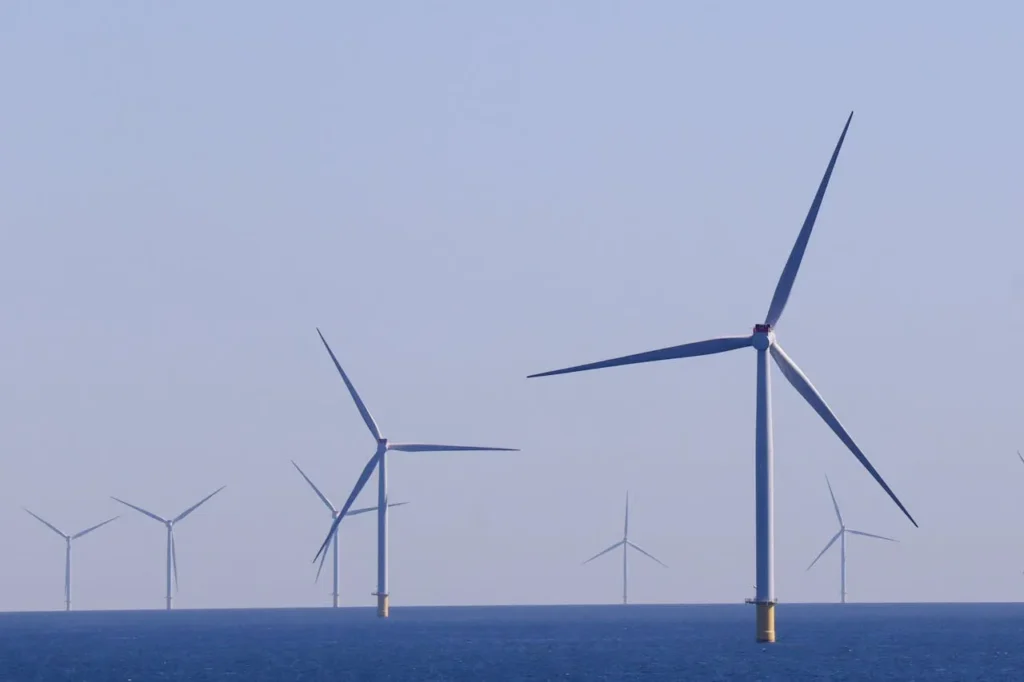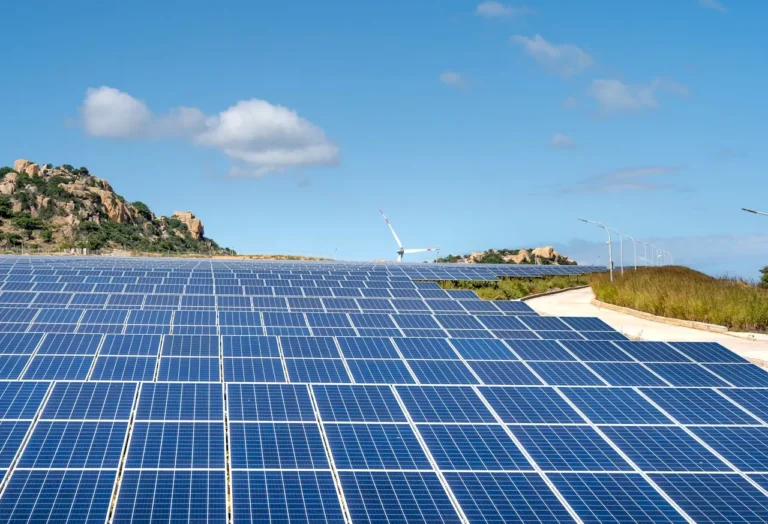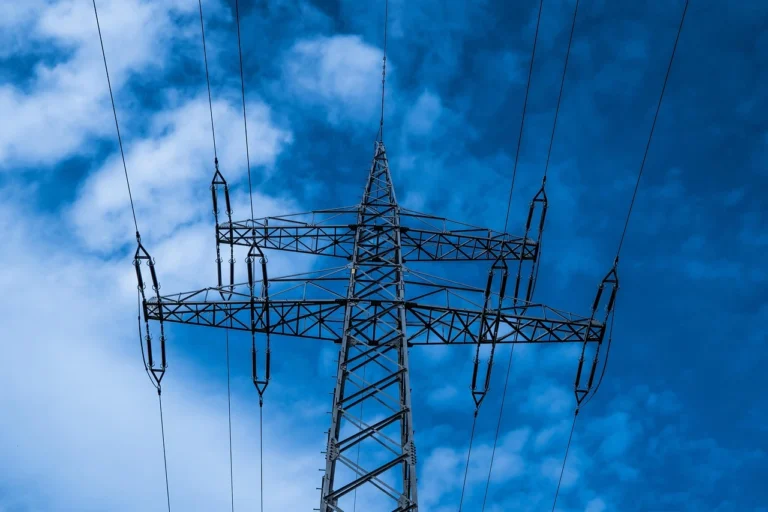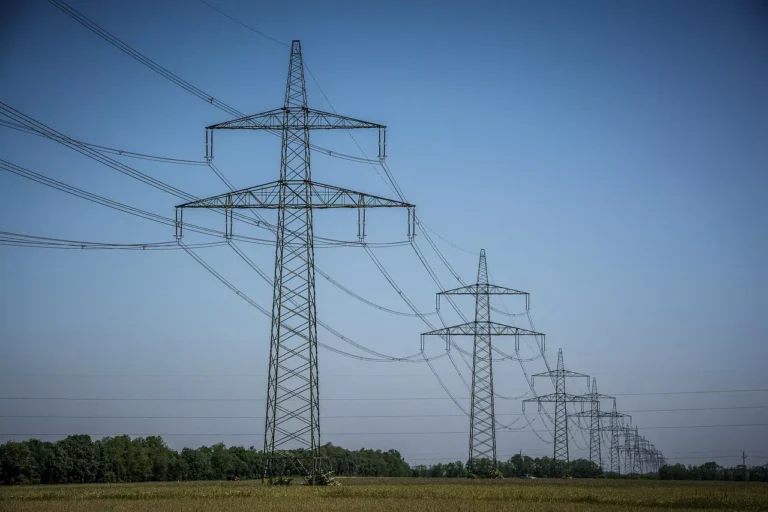
Gazelle Wind Power Receives TUPEM Authorization for Groundbreaking 2 MW Floating Wind Demonstrator Off Portugal’s Coast
Gazelle Wind Power has reached a critical milestone in its mission to revolutionize floating offshore wind technology. The company recently announced that it has been granted a 10-year TUPEM (Título de Utilização Privativa do Espaço Marítimo) authorization from the Portuguese government, a vital regulatory approval that clears the path for the deployment of its 2 MW Nau Azul floating wind demonstrator project off the coast of Aguçadoura, Portugal.
The TUPEM authorization was issued by Portugal’s Directorate-General for Natural Resources, Safety and Maritime Services (DGRM), which oversees the management of the country’s maritime resources. This permit gives Gazelle Wind Power Portugal, S.A. exclusive rights to use a defined area of the national maritime space for the purpose of installing, operating, and testing its novel floating wind platform. The authorization is a significant step in progressing Gazelle’s vision of bringing scalable, deep-water wind energy to market — a move that could be instrumental in achieving Europe’s renewable energy and climate goals.
A Leap Forward for Floating Wind Innovation
The Nau Azul project is designed to demonstrate Gazelle’s next-generation floating wind technology, a system that differs significantly from conventional designs in both structure and approach. At the heart of this demonstration lies Gazelle’s patented hybrid floating platform, which combines a unique geometry with a counterweight stabilization system. This proprietary design reduces the need for large quantities of steel, effectively minimizing capital expenditure (CAPEX) while simplifying industrial production and deployment logistics.
Unlike traditional floating wind platforms that often require deep-draft vessels and complex towing arrangements, Gazelle’s lightweight, modular system is designed for easy deployment from shallow-water ports. This versatility enables a broader range of deployment locations and opens up access to deep-water wind resources that were previously considered economically or logistically unfeasible.
The compact design not only provides cost savings but also ensures a smaller environmental footprint throughout the installation and operational phases. By reducing the size, weight, and complexity of floating wind structures, Gazelle is poised to significantly lower the levelized cost of energy (LCOE) — one of the key barriers to mainstream floating wind adoption.

Why Aguçadoura Is the Perfect Test Bed
The chosen project site in Aguçadoura is no stranger to innovation in offshore wind. Located along Portugal’s northern Atlantic coast, the area has already served as a host to WindFloat 1 — one of Europe’s pioneering floating wind pilot projects. The region provides favorable maritime conditions, including consistent wind speeds and water depths conducive to floating technology. In addition, the local infrastructure is well-suited to support marine operations, including ports, shipyards, and access to grid connectivity.
Gazelle’s decision to deploy its demonstrator here builds on the legacy of innovation in Aguçadoura while advancing Portugal’s leadership in offshore wind energy development. The country has committed to significant offshore wind capacity targets as part of its National Energy and Climate Plan, and projects like Nau Azul are expected to play a vital role in meeting those ambitions.
Commercialization and Global Impact
According to Gazelle Wind Power CEO Jon Salazar, receiving the TUPEM authorization represents a landmark moment not only for the company but also for the wider floating wind industry.
“This TUPEM authorization marks a major milestone for our business and underscores Portugal’s leadership in offshore wind and its commitment to a secure, sustainable energy future,” Salazar said. “Securing the TUPEM authorization allows us to launch environmental monitoring and prepare for the installation of our full-scale, grid-connected demonstrator, which will serve as a blueprint for commercial deployments worldwide. It’s a major step forward in our roadmap to commercialization.”
By proving the performance and reliability of its platform in real-world conditions, Gazelle intends to use this demonstrator project as a springboard to scale up production and deploy larger wind farms across Europe and other global markets. The company’s long-term goal is to make floating wind a commercially viable, low-cost option for countries with deep-water coastlines and ambitious decarbonization targets.
Local Economic and Educational Benefits
Beyond its technological advancements, the Nau Azul project is also expected to generate substantial socioeconomic benefits for the region. Gazelle Wind Power has committed to working closely with local academic institutions, including the Polytechnic Institute of Viana do Castelo (IPVC), the Institute for Systems and Computer Engineering, Technology and Science (INESCTEC), and INESCTEC.OCEAN. These collaborations will help to push the boundaries of floating wind science and foster a new generation of skilled professionals in renewable energy and marine engineering.
By tapping into the expertise of these academic and research partners, Gazelle aims to accelerate innovation and develop a robust talent pipeline that can support the growth of Portugal’s offshore wind sector. Additionally, the project will offer valuable training opportunities for students and young professionals, equipping them with hands-on experience in manufacturing, assembly, marine operations, and system maintenance.
The local supply chain will also receive a significant boost. From steel fabrication and component assembly to transport logistics and ongoing platform maintenance, numerous businesses in the Viana do Castelo area stand to benefit from the job creation and investment tied to the project. The company expects the demonstrator to act as a catalyst for broader industrial activity in the region, reinforcing the economic resilience of coastal communities and promoting sustainable development.
Environmental Stewardship and Monitoring
With the TUPEM permit in hand, Gazelle Wind Power is now preparing to initiate environmental monitoring in and around the project site. This phase is crucial for assessing the ecological impact of the floating platform and ensuring that the installation adheres to stringent environmental regulations. The data collected will help inform best practices for floating wind deployment and contribute to the development of environmentally responsible offshore energy infrastructure.
The company has expressed a strong commitment to minimizing disruption to marine ecosystems and fishing activities. By leveraging its compact design and precise mooring systems, Gazelle’s platform aims to integrate smoothly into existing marine environments, paving the way for harmonious coexistence with other ocean-based industries.
Toward a Low-Carbon Energy Future
As Europe intensifies its efforts to transition away from fossil fuels and toward a net-zero emissions economy, floating offshore wind is increasingly being recognized as a critical part of the solution. Fixed-bottom wind turbines, while successful in shallower waters, are limited by depth constraints. Floating systems such as Gazelle’s offer the flexibility to harness high-quality wind resources in waters previously out of reach.
Portugal’s proactive stance on renewable energy and its supportive regulatory environment make it an ideal launchpad for cutting-edge technologies like the Nau Azul demonstrator. As Gazelle moves forward with the next phases of development — including environmental studies, platform fabrication, and offshore installation — the industry will be watching closely. Success at Aguçadoura could usher in a new era of affordable, scalable floating wind solutions capable of reshaping the global energy landscape.











